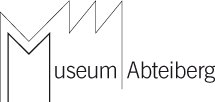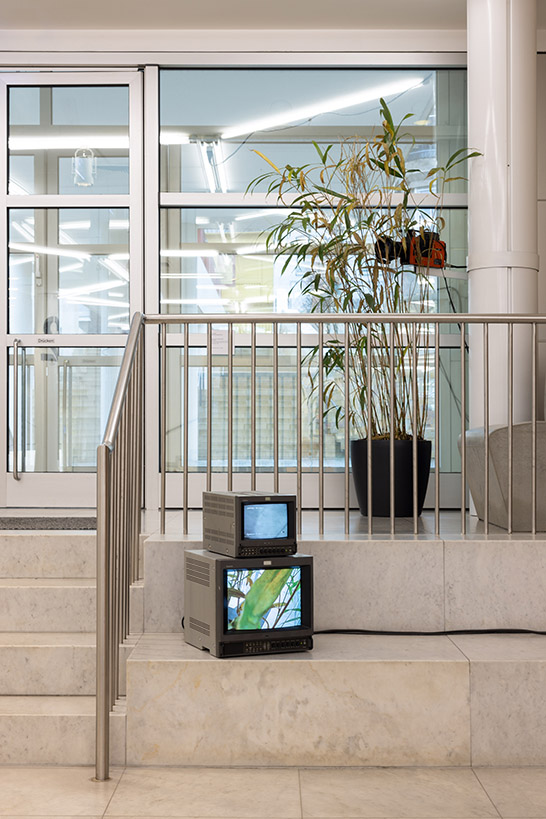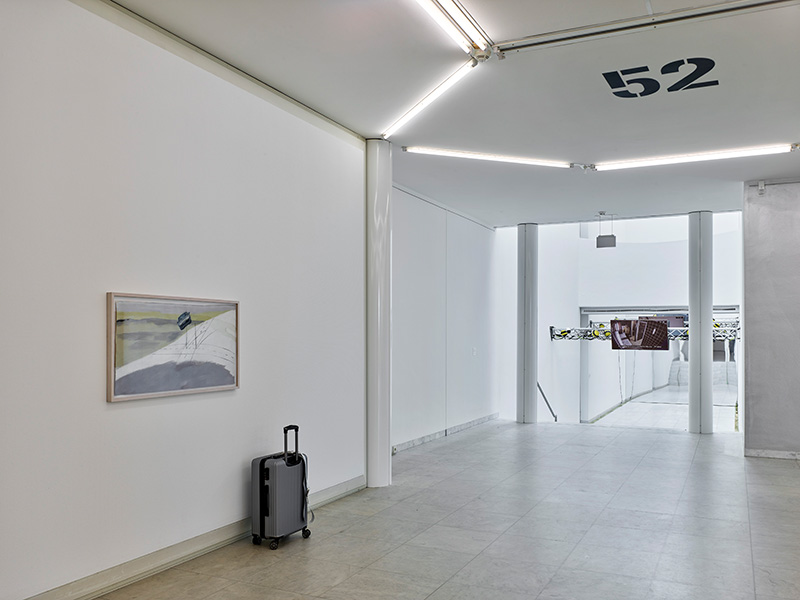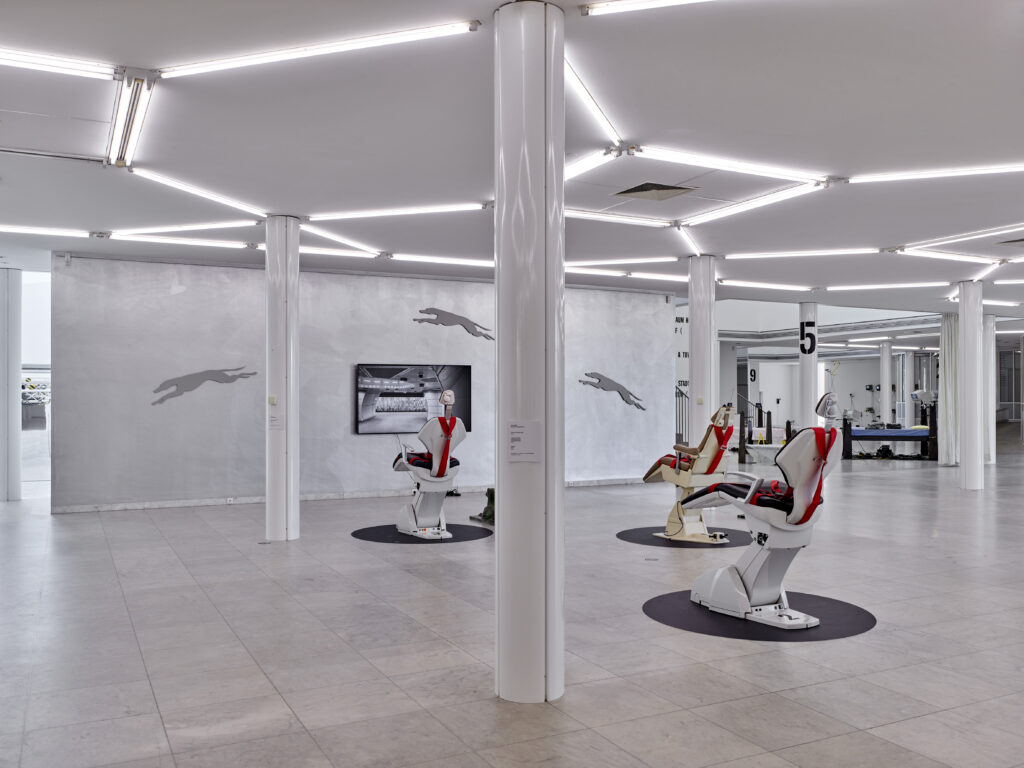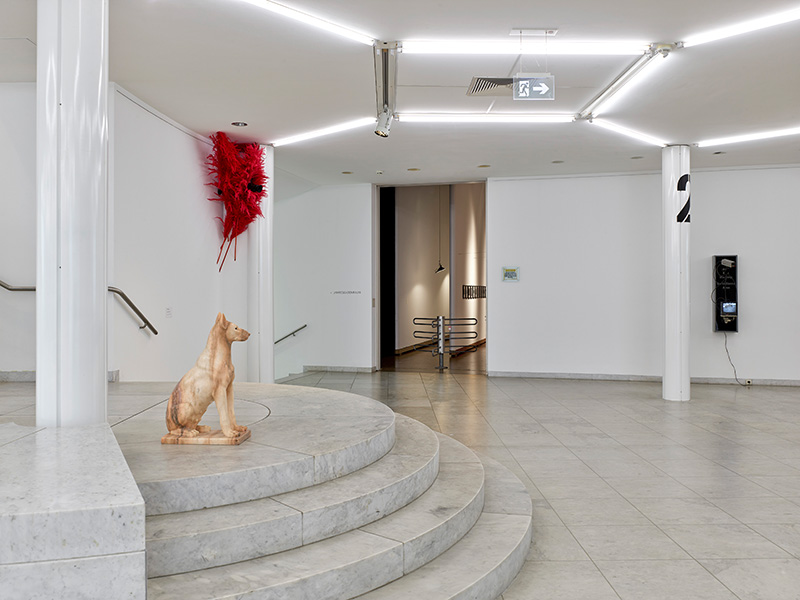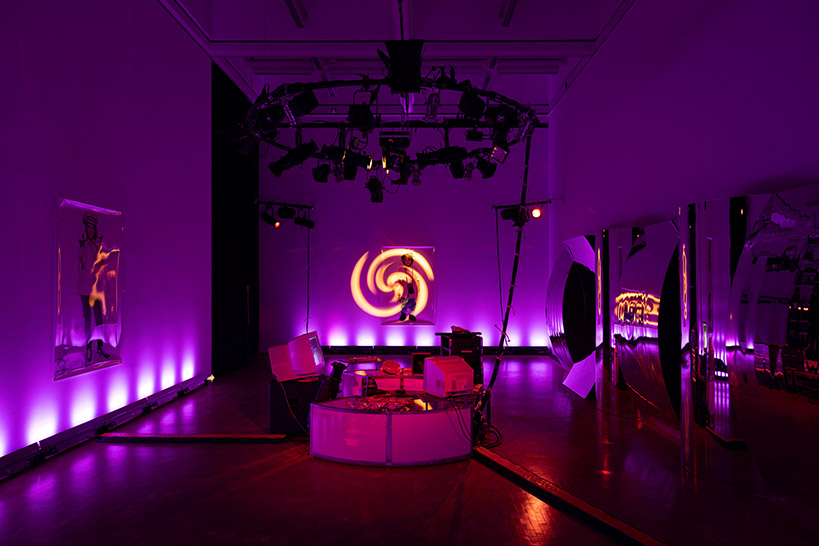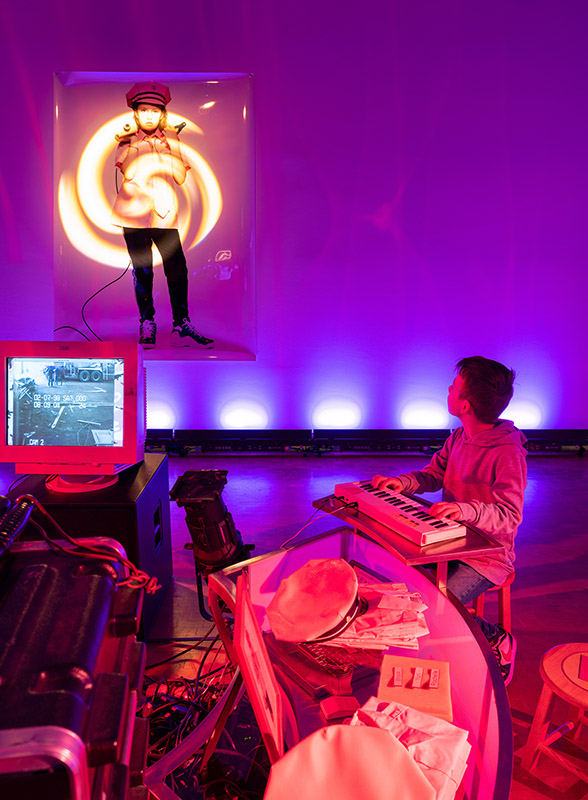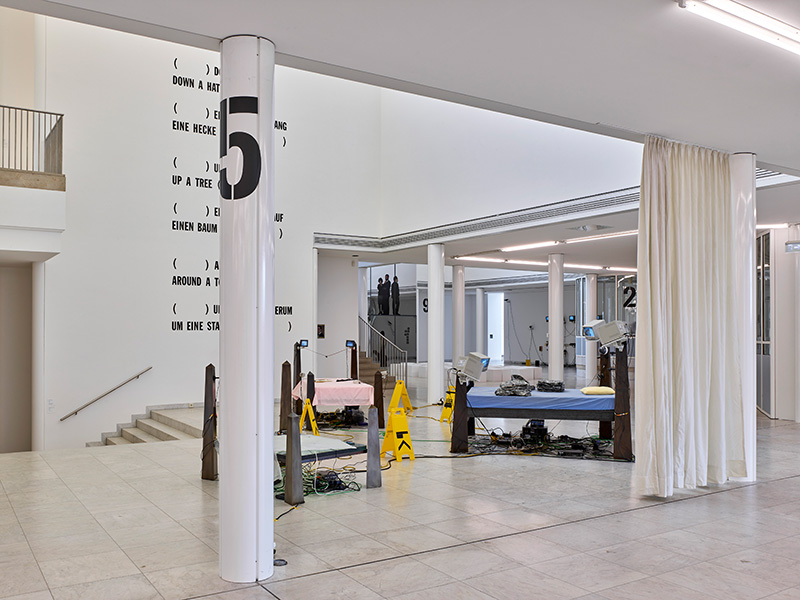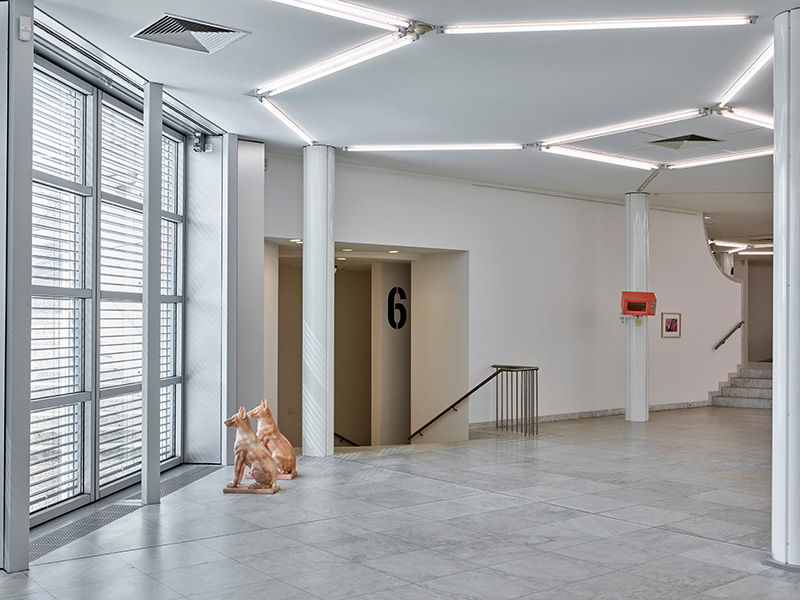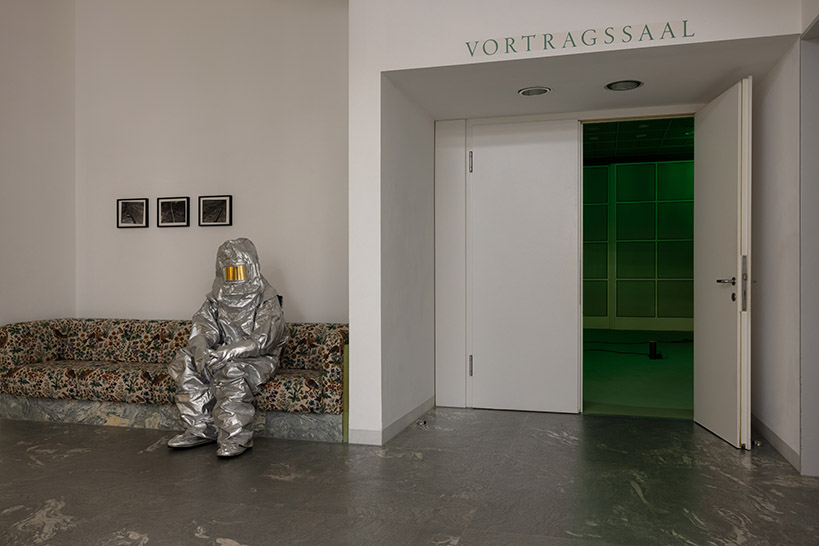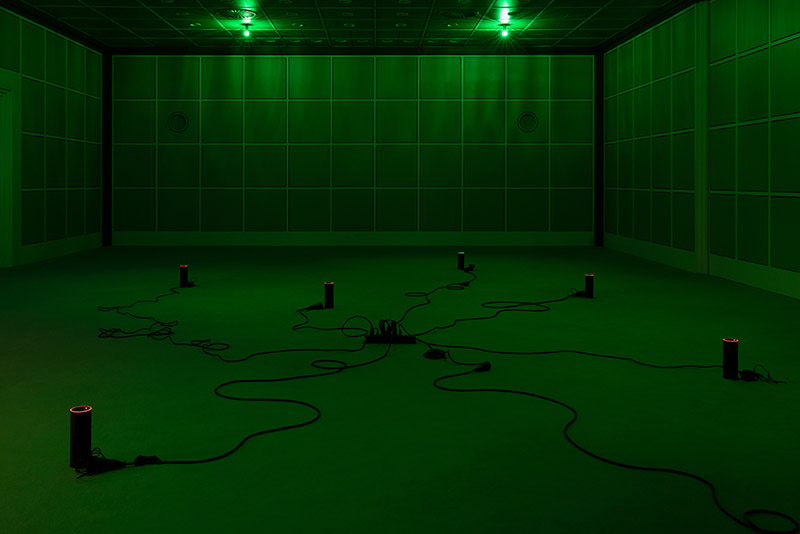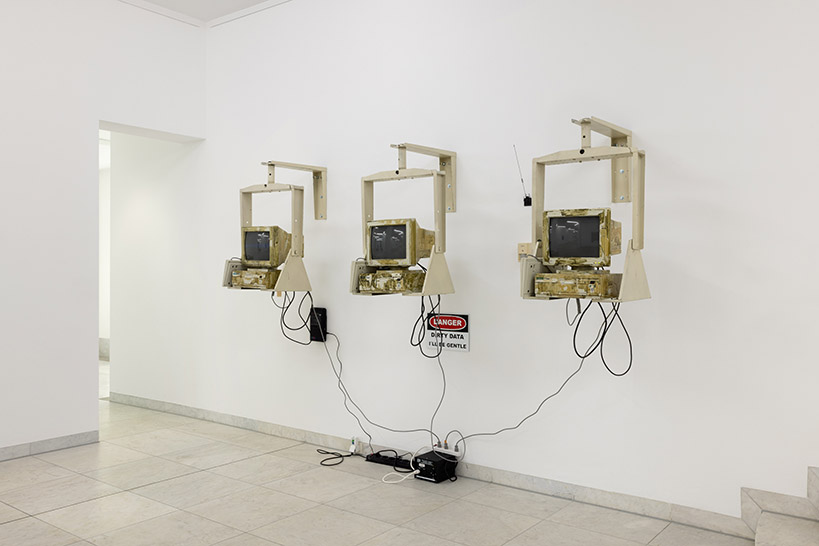PROGRAM
Tuesday, June 6
POWER OF DATA
The Cyber Management Campus Mönchengladbach as guest at Museum Abteiberg
6 p.m. Tour of the exhibition with Julia Scher
7 p.m. Presentation and audience discussion in the lecture hall
Saturday, June 17, 7 p.m.
BLENDING Q AT MUSEUM ABTEIBERG
with Konrad Bohley, Almut Elhardt, Florian Egermann, Stephan Ganoff, Felipe González, Theresa Samimizad, Evamaria Schaller, Julia Scher, Reut Shemesh, Niklas Strang and Janina Warnk
in the context of Ensemblia 2023
Sunday, August 20, 3 p.m.
JULIA SCHER: R.S.I.
Book presentation at the closing event of Julia Scher. Maximum Security Society with Julia Scher, Nadia Ismail, Matthias Kliefoth and others
PUBLIC GUIDED TOURS
in German language
July 20, 7 p.m.
JULIA SCHER: Maximum Security Society
Curatorial tour with Gian Marco Hölk
August 6, 11:30 a.m. and 4:30 p.m. (short tours)
JULIA SCHER. Maximum Security Society
with Tamara Herbers
August 20, 11:30 a.m. and 2 p.m.
JULIA SCHER. Maximum Security Society
with Tamara Herbers
PRIVATE GUIDED TOUR
JULIA SCHER: Maximum Security Society
Duration: 90 minutes
Fee: 90 EUR, plus museum entrance fee
Arrangement of individual appointments: robert@museum-abteiberg.de
American artist Julia Scher first began to explore private and public surveillance in the late 1980s — that is, even before the advent of television formats including Big Brother or films like The Truman Show. In doing so, she almost prophetically anticipated developments that would come to dominate 21st century society, where constant tracking of personal data has become the norm. One important reference for the artist has been the work of Gary T. Marx (b. 1938), the American sociologist who coined the term “maximum security society.” Scher’s multimedia practice, which was influenced by the California art scene of the 1970s and 80s and held a key place in 1990s new media- and culture-critical art discourse, spans camera- and spatial installations, internet projects, video and films, sculptural works, assemblages, photographs, and multiples.
Scher has been creating supposed security environments since the late 1980s. Operating under the pseudo-brand Security by Julia, her surveillance camera- and monitor-based installations interrogate processes of control in private and public places and, in a strategy that has come to be described as immersive — i.e. involving the audience — almost absurdly heighten and distort that audience’s perception of both space and reality.
Museum Abteiberg presents an essay-like overview of Julia Scher’s extensive oeuvre. The exhibition at Museum Abteiberg brings together large-scale installations such as Surveillance Beds and Wonderland; loans from the collection of Gaby and Wilhelm Schürmann, among others; as well as works from the artist’s early career that have never been shown before. Selected works are drawn from each of the artist’s creative phases and repeatedly refer to security-related aspects of the museum as an institution. The latter is also taken up in a new, site-specific version of her camera-and-monitor-based installation Predictive Engineering (1993—present), a piece Scher first realized for a show at the San Francisco Museum of Modern Art in 1993. Julia Scher: Maximum Security Society is being realized in cooperation with Kunsthalle Zürich (Julia Scher: Maximum Security Society, Oct 8, 2022—Jan 15, 2023). The presentation at Museum Abteiberg is a larger, retrospective survey of her works.
ABOUT THE ARTIST
Julia Scher was born in Hollywood, California, in 1954. She studied painting, sculpture and printmaking at UCLA in Los Angeles and then Studio Arts at the University of Minnesota in Minneapolis. Scher has held numerous guest professorships and lectured widely, often in interdisciplinary contexts. She founded the first class for “Surveillance Studies” in the United States at the Massachusetts College of Art in 1995; taught at the Massachusetts Institute of Technology (MIT) in Cambridge from 1997 to 2001; and held a professorship at the Academy of Media Arts (KHM) in Cologne from 2006 to 2021. There have been several institutional solo exhibitions of her work since the early 1980s (Julia Scher: Public Travel Area (P.T.A.), MoMA PS1, New York, 1988; Don’t Worry, Kölnischer Kunstverein, 1994; Predictive Engineering², San Francisco Museum of Modern Art, 1998). Scher’s work has featured in important international exhibitions including the Whitney Biennial (1989), Informationsdienst (Künstlerhaus Stuttgart, 1992), The Speaker Project (Institute of Contemporary Art, London, 1992), and the 45th Venice Biennale (1993), and can be found in major contemporary art collections including the Museum of Modern Art, New York, and Museum Ludwig, Cologne. Scher has lived in Cologne since 2006.
ABOUT THE PUBLICATION
A comprehensive publication on the work of Julia Scher, initiated by Kunsthalle Gießen and DISTANZ Verlag, realized in collaboration with Museum Abteiberg, MAMCO Geneva and Kunsthalle Zürich, is scheduled for release in June 2023. Edited by Nadia Ismail and Matthias Kliefoth, it features extensive photographic documentation as well as new essays by Katrin Kämpf and Lilian Haberer, Paul Bernard, Gesine Borcherdt, Magnus Schaefer, Mark von Schlegell, and Gloria Sutton. German/English, 256 pages, softcover, ISBN 978-3-95476-488-4, 48 EUR.
EXHIBITION BOOKLET
MEDIA
The exhibition at Museum Abteiberg is curated by Susanne Titz and Gian Marco Hölk.
The exhibition was made possible with support from the Ministry of Culture and Science of North Rhine-Westphalia, Kunststiftung NRW, the Hans Fries Foundation, and Museumsverein Abteiberg.

Julia Scher in her Installation Information America, 1995, Museum of Modern Art, New York, Photo: Hollis Johnson
